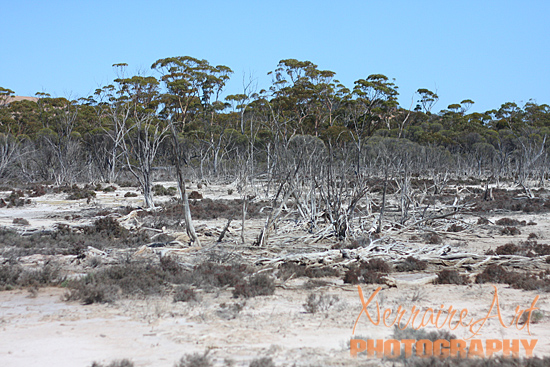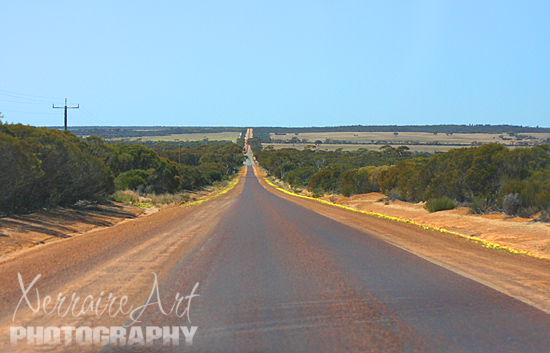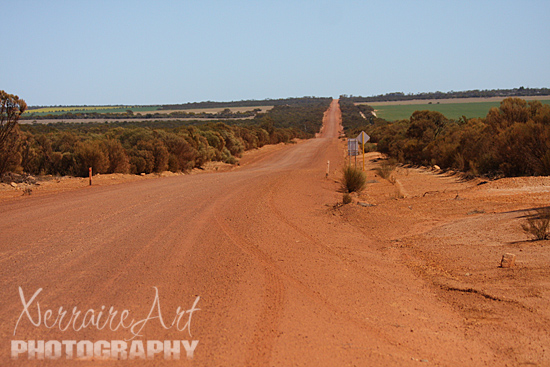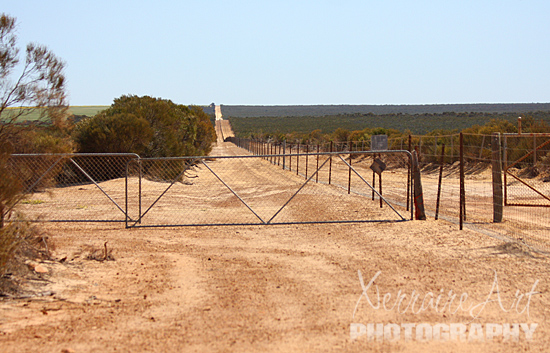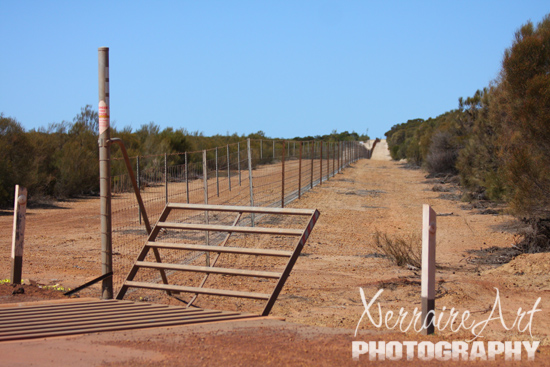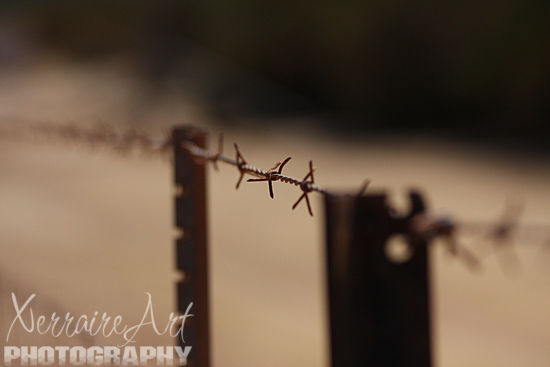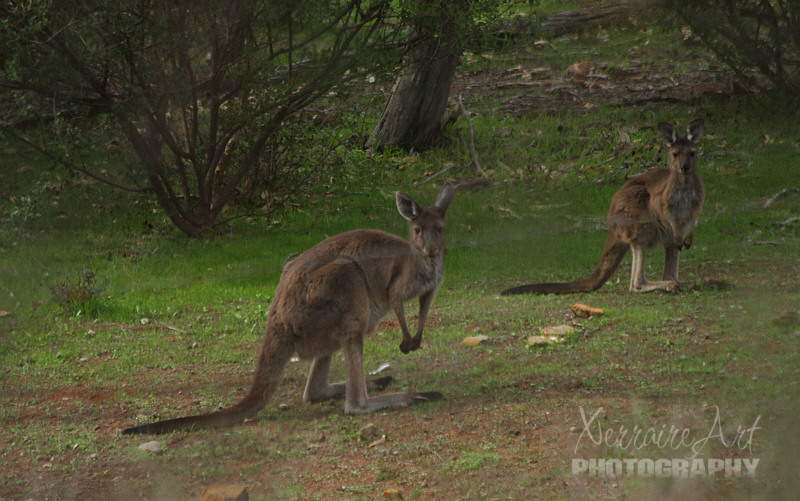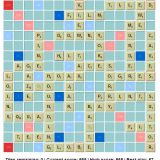The Rabbit-proof Fence
After Wave Rock and Hippo’s Yawn, John decided to take us to remote areas of Australia, the Outback, if you will.
The roads took us to a place called the Rabbit Proof Fence. The short story on the rabbit proof fence is that it isn’t, rabbit proof that is.
The longer story is:
The State Barrier Fence of Western Australia,[1] formerly known as the No. 1 Rabbit-proof Fence, the State Vermin Fence and the Emu Fence, is a pest-exclusion fence constructed between 1901 and 1907 to keep rabbits and other agricultural pests out of Western Australian pastoral areas.
The fence posts are placed 12 feet (3.7 m) apart, and have a minimum diameter of 4 inches (10 cm). There were initially three wires of 12½ gauge placed at 4 inches (10 cm), 20 inches (51 cm), and 3 feet (91 cm) above ground, with a barbed wire added later at 3’4″ and a plain wire at 3’7″ to make the fence a barrier for dingoes and foxes as well. Wire netting was placed on this, which extended to 6 inches (15 cm) below ground.
The fence was constructed with different materials due to the local climate, and availability of wood. At first salmon gum and gimlet wood were used, although these attracted white ants and had to be replaced. Split white gum was one of the best types of wood used in the fence. Others used were mulga, wodjil, pine, and Tea tree, based on where it could be found close to where the fence was to be built. Iron was used in parts where there was no wood.
Alexander Crawford (Inspector of rabbits), took over the maintenance of the fence from Anketell when the fence was finished in 1907 and remained in charge until he retired in 1922. He was eventually appointed Chief Inspector of Rabbits. The area inside the fence to the west became known as “Crawford’s Paddock”. The fence was maintained at first by boundary riders riding bicycles, and later by riders on top of camels. However, inspection of the fence was difficult on the top of the tall animal. In 1910, a car was bought to do the inspection of the fence, but did not work after getting punctured tyres. It was found the best way to inspect the fence was using buckboard buggies which were pulled by two camels.
The camels were used as pack animals, especially in the north, while in the south, camels were used to pull drays with supplies for the riders. Camels were ideal for this as they could go for a long time without water, and it has been suggested that the fence could not have been built or maintained without the use of camels.
In addition to Crawford, there were four sub-inspectors, each responsible for about 800Â kilometres (500 mi) of fence, and twenty-five boundary riders who regularly patrolled 160Â kilometres (99 mi) sections of fence. Due to frontier violence in the north of the state, a 500Â kilometres (310 mi) section of the No.1 fence was patrolled by riders in pairs.[2]
Crawford was responsible for eliminating rabbits which had breached the fence. In the first year following the completion of the fences, colonies were found and destroyed near several locations inside the fence, including Coorow, Mullewa and Northampton.[2]
Following the introduction of Myxomatosis to control rabbits in the 1950s, the importance of the Rabbit Proof Fence diminished.
In spite of the ineffectiveness of the fence, it remains a landmark for Australians.
Funny thing, even though it’s a special Australian landmark, it didn’t stop Laura from mistakenly calling it the BUNNY proof fence in a comment to Jeff on Facebook. We all had a laugh on that one.

